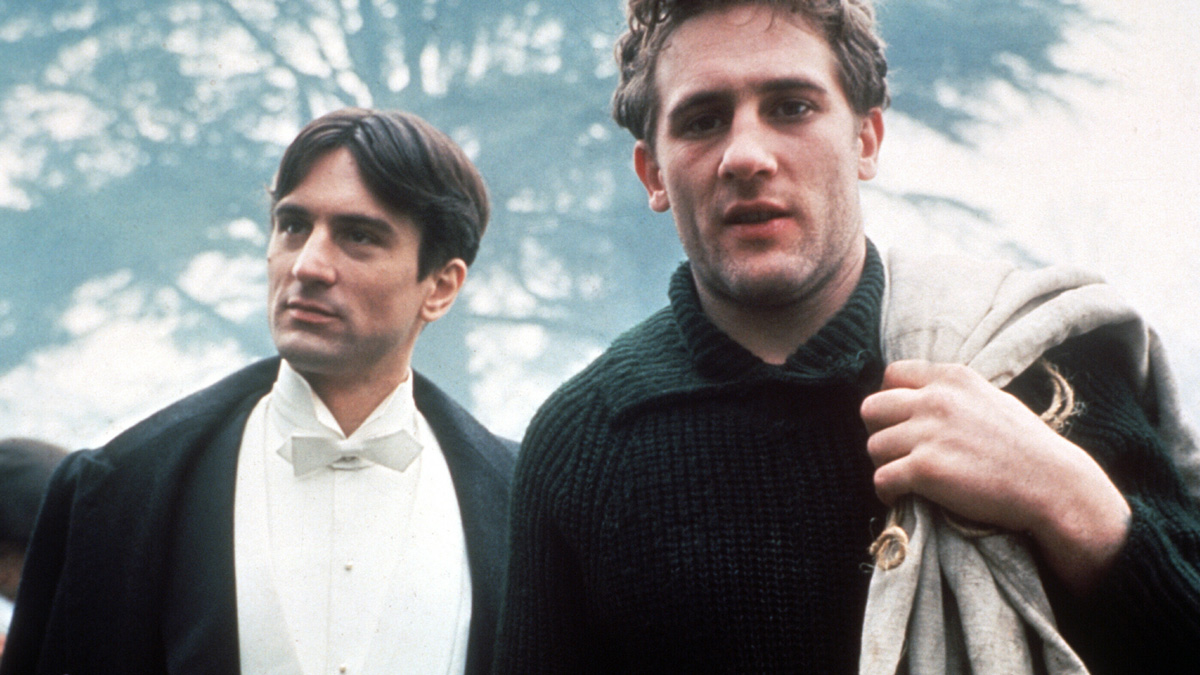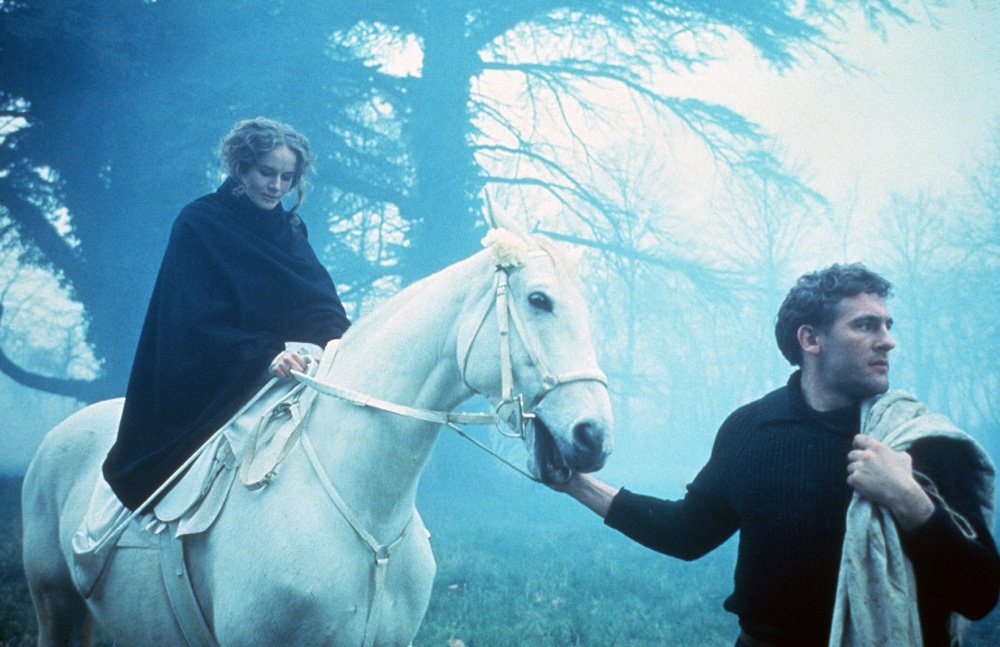
(c) Photofest / Getty Images
``1900'' A magnificent modern history of Italy that transcends the boundaries between documentary and fiction.
2022.03.07
What is “poetically expressed ideology”?
Every time I look back at this film, I admire Bertolucci's ever-changing direction. Sometimes with the grace of an opera, and other times with the coolness of a documentary, he weaves a story by changing his touch without forcing it into a single formula.
"Out of all of my own works to date, this is the work that required the most effort in writing the script. The writing lasted two years, writing and rewriting, discussing and re-discussing. It gave me a lot of freedom during the subsequent shoot.''**
As he himself says, Bertolucci must have been conscious of the high degree of freedom in direction. In the first place, the first and second parts of this work have clearly different looks. Alfredo and Olmo's childhood is a world filled with bright colors. The rice ears swaying in the wind and the lush green countryside are reminiscent of impressionist paintings by Monet and Renoir. However, as these two grow up and the footsteps of war creep in, the colors lose their saturation and the world takes on a shadow.
As Bertolucci said, ``I shot each scene in the movie based on the four seasons.'' The main characters meet in the summer, the two reunite as adults in the fall, fascism arrives in the winter, and the end of the war takes place in the autumn. Spring and half a century of drama are assigned to spring, summer, fall, and winter. Cinematographer Vittorio Storaro used a paintbrush called ``light'' to accurately capture the changing times on screen.

"1900" (c)Photofest / Getty Images
Another thing worth noting is that while it depicts Italy's modern history head-on, it has a fictional structure that can only be described as "cinematic."
``Sacrificing dramatic and narrative necessity in order to bring into the film human, cultural and social material of a distinctly documentary character, belonging to the peasant world of Emilia-Romagna; This was the basic idea that I constantly tried to show in ``1900.'' In the final scene, I tried to fuse these two necessities. Let's cross the border between documentary and fiction. It was to arrive at what I considered the realization of an ideology, an ideology expressed poetically.''*
In the last scene of the movie, Alfredo, now old, lies on the railroad tracks waiting for the train, just as he did with Olmo when he was a boy. When the train passes by, Alfredo somehow turns back into a boy. This magical expression is what he calls "ideology expressed poetically." Moreover, this scene serves to close the circular structure by contrasting it with his childhood in the beginning.
This scene is reminiscent of the scene at the end of `` The Last Emperor, '' where the now elderly Puyi (John Lone) hands the boy the jar of crickets that he hid in the corner of his throne when he was young. We are moved by the sensation of a sudden connection between the past and the present, and by the anti-chronological method of storytelling that makes it seem like time and space have been twisted.
``1900'' is a magnificent piece of contemporary Italian history that transcends the boundaries between documentary and fiction.
*"Bertolucci, Climax Scene" (translated by Hirohide Takeyama, Chikuma Shobo)
**“1900 DVD Leaflet”
Text: Rui Takeshima
A pop culture writer who wants to be kicked by Hit Girl. Host of the web magazine "POP MASTER".
(c) Photofest / Getty Images

